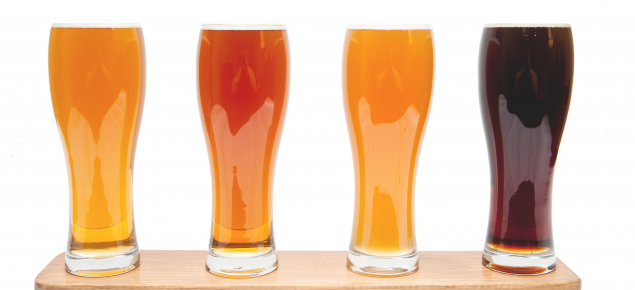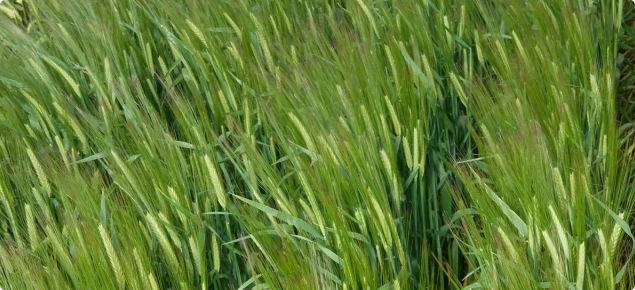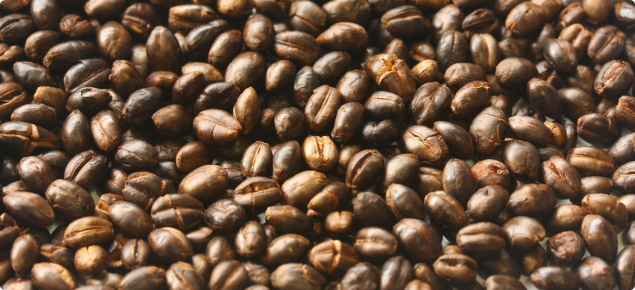Barley was one of the first grains used for human consumption. Its use for brewing has been dated back to at least 3000 BC.
Barley has several grain characteristics which make it more useful for malting and brewing than wheat.
Barley husk protects the developing shoot during germination and the embryo during handling and is used as a filtration aid during brewing. Germinating barley has a firmer internal consistency than wheat, such that it can be handled with less damage during malting.
Malting process
Malting is the precursor to brewing in priming the grain. It removes internal cell wall barriers, stimulates the production of diastatic enzymes (responsible for converting starch into malt extract), promotes flavour and colour development.
All malting barley varieties malt differently. They differ in their steeping profiles, germination rates and optimum temperatures required during germination, so only one variety is malted at a time.
There are three critical steps in the malting process:
- steeping
- germination
- kilning.
Steeping
Steeping starts the germination process as grain moisture is increased from 10% to between 42-48%. The process involves immersing grain in aerated water for five to eight hours at a time, with air rests (water is drained from grain) in between.
Germination
The grain is then transferred from steeping tanks to germination boxes for root and shoot production. The endosperm, which is the energy source of the grain during early growth, also changes in structure in a process called modification.
Diastatic enzyme production in the grain is controlled by manipulating humidity and the temperature of the germination bed.
Germination aims to maximise grain modification and minimise root and shoot growth. Excessive growth results in less malt extract.
Kilning
When the barley shoot is about three quarters the length of the grain (about four days), germination is halted by kilning. Kilning dries the grain and promotes the development of colour and flavour.
Low temperatures are used to ensure the survival of diastatic enzymes required for the subsequent brewing process. This is followed by a progressive increase in temperature to bring about the flavour and colour changes. Malt kilned to high final temperatures produces darker coloured beers.
Malt quality parameters
There are two quality specifications for malting barley: grain quality parameters and malt quality parameters. Grain quality parameters are used by maltsters in buying grain, while malt quality parameters are used by brewers.
The three most important malt quality parameters are:
- malt extract
- diastatic power
- wort viscosity.
Malt extract
Malt extract measures the amount of fermentable sugars. It determines the amount of alcohol that can be made from a tonne of grain. The higher the extract level the more alcohol that can be made.
Malt extract is measured by malting the grain and measuring the amount of soluble sugar (like glucose and maltose) in wort (hot water mixed with ground malt). The measure is presented as a percentage (dry basis).
The export standard for malt is a minimum malt extract level of 80%. This is usually achieved with a four day malt.
This minimum target cannot be met if maltsters use poor quality grain. Maltsters must meet the specifications set by the brewer, otherwise the brewer will not buy the malt.
High protein and small grain all contribute to increased costs of production, decreased yield and decreased efficiency.
Diastatic power
Diastatic power measures the amount of diastatic enzymes (a-amylase, ß-amylase and limit-dextrinase). Diastatic enzymes convert the starch of the grain into soluble sugars (or malt extract). The levels of the various diastase enzymes are important in achieving the quality standard required by a buyer of malt. Low diastase levels are associated with a low potential for malt extract.
Diastatic power is measured by the enzymic activity in the malt. The measure is presented in units of Windich Kolbach (WK).
As the diastatic enzymes are proteins, their level is directly related to protein concentration in the grain.
Wort viscosity
Wort viscosity measures the gumminess of wort relative to water. It is essentially a measure of the amount of stress a plant has undergone during grain filling. Genotype (hereditary constitution) also has a major influence on wort viscosity.
Wort viscosity is determined by measuring the amount of ß-glucan (or cell wall material) in the wort. The measure is presented in units of centipoises (cP).
Barley grain with low viscosity germinates more evenly than grain with high cell wall material. This cell wall material can also restrict the conversion of starch into malt extract. Highly viscous malt slows down the separation of the sugar-rich wort from husks during brewing. This slows the amount of beer processed in a brewery each day and increases production costs.
Genotypes differ in malt quality
Malt quality is determined by environmental and genotypic influences. Genotype is very important in the potential quality of a variety for making malt and beer. Good management ensures it achieves that potential.
Acknowledgements: Content was adapted from Farmnote 38/96 by Blakely Paynter, Department of Agriculture and Food, Western Australia.



